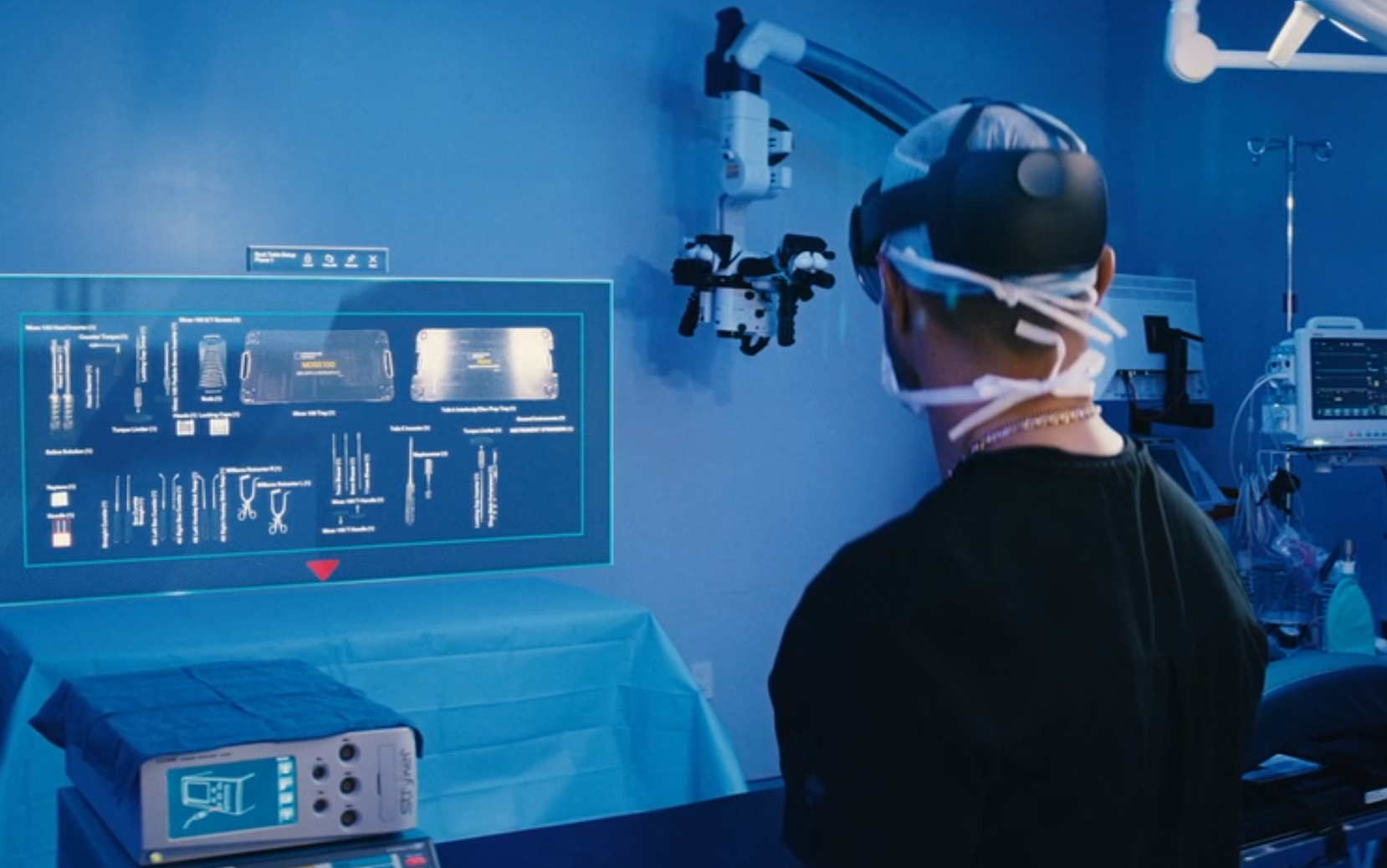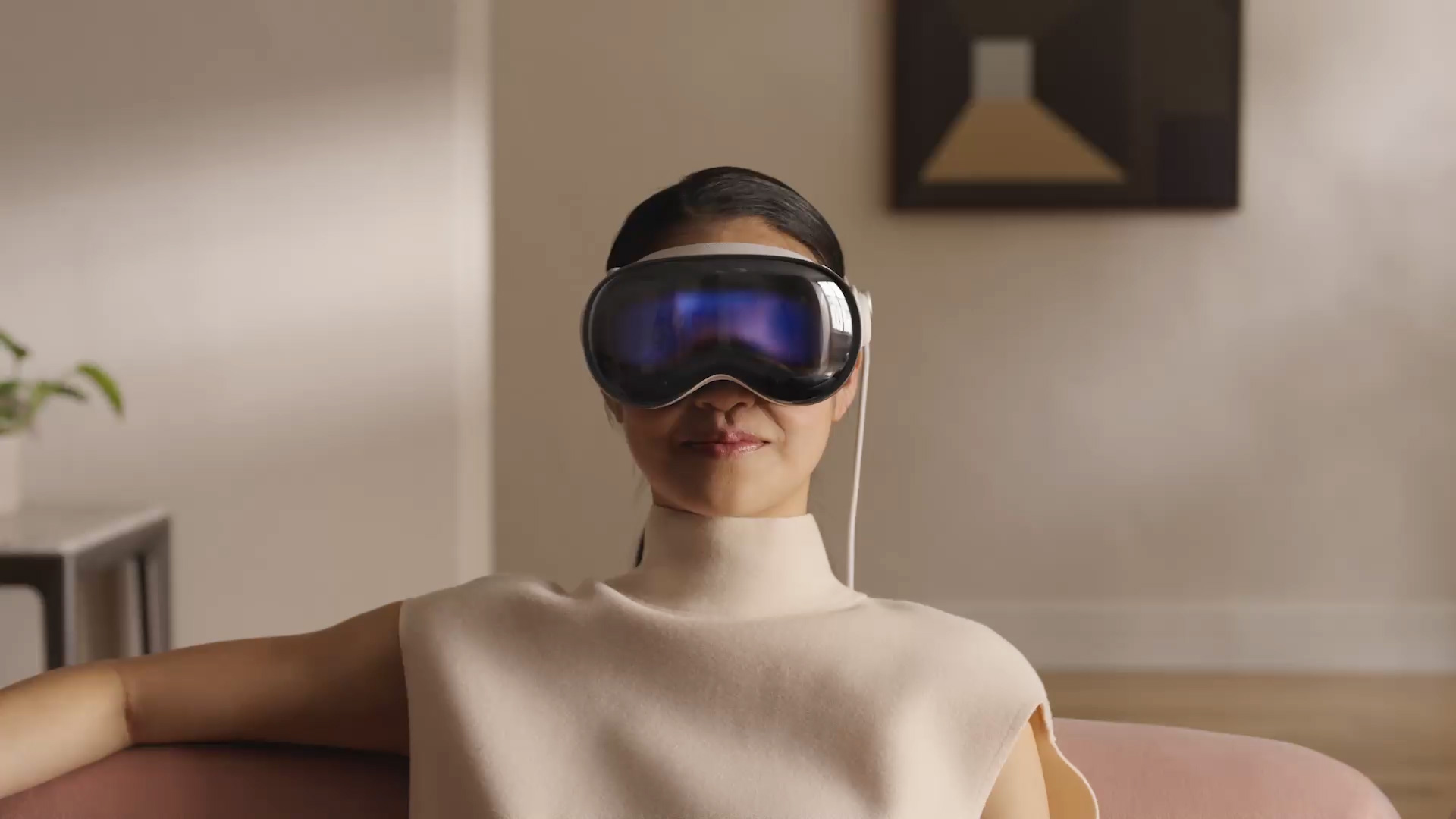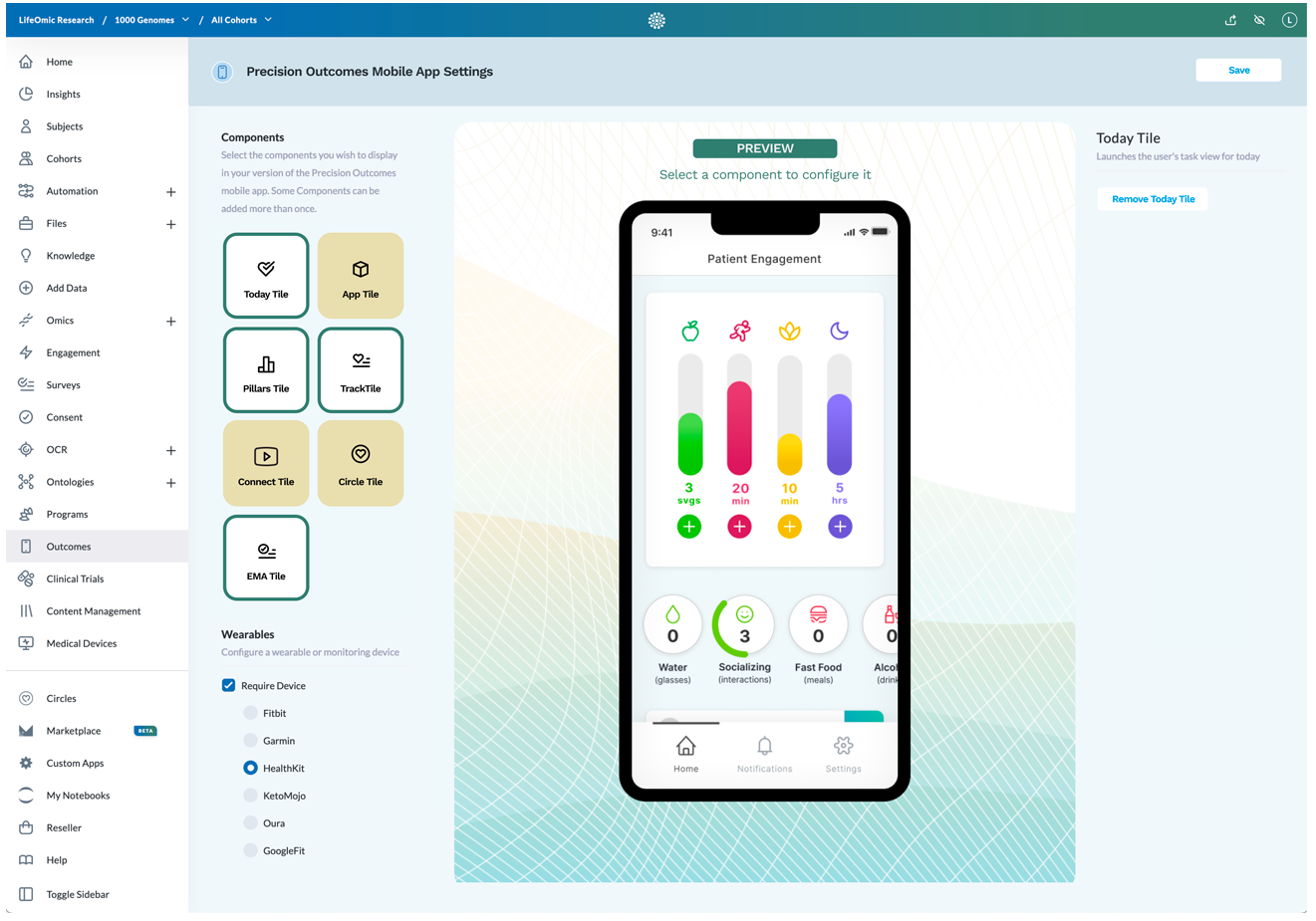What You Should Know:
- Cosmo Pharmaceuticals has announced it will begin the first-ever human usability study of a new software application that integrates Medtronic's GI Genius™ AI module with Apple Vision Pro.
- The study, set to launch in July 2025 at Rush University Medical Center, will evaluate the use of spatial computing to deliver real-time, AI-powered insights to physicians during live colonoscopy procedures.
First-of-its-Kind Clinical Study on the Use of GI
Read More
Apple Healthcare | News, Analysis, Insights
Apple Launches AirPods Pro 2: All-in-One Hearing Health Experience
What You Should Know:
- Apple has introduced a groundbreaking new feature for AirPods Pro 2: the world's first end-to-end hearing health experience.
- The innovative solution combines a scientifically validated Hearing Test with a clinical-grade Hearing Aid capability, providing users with a comprehensive tool for managing their hearing health.
Addressing the Hearing Loss Epidemic
Approximately 1.5 billion people worldwide are living with hearing loss, according to the
Read More
Osso VR Launches Immersive Medical Training App for Apple Vision Pro
What You Should Know:
- Osso VR, the leader in immersive procedural training launches Osso Health, a medical training app designed for Apple Vision Pro.
- Now available on the App Store, Osso Health leverages the power of Apple Vision Pro to create an optimized learning experience for healthcare professionals and patients alike.
Bringing the Operating Room to Life
Osso Health seamlessly blends digital content with the physical world, transporting users into a
Read More
Apple’s Vision Pro Makes History in First-Ever Use During Shoulder Replacement Surgery
What You Should Know:
- eXeX, a leader in artificial intelligence-enhanced surgical logistics software, has achieved a historic milestone by successfully incorporating the Apple Vision Pro spatial computing headset in a Reverse Total Shoulder Arthroplasty.
- The historic procedure, conducted by Dr. G. Russell Huffman, MD, MPH of Rothman Orthopaedic Institute, took place at AdventHealth Surgery Center Innovation Tower in Orlando, Florida.
Surgical Optimization Platform Integration with
Read More
Cromwell Hospital Pioneers Surgery with Apple Vision Pro in UK & Europe
What You Should Know:
Cromwell Hospital has become the first hospital in the UK and Europe to use the Apple Vision Pro, a spatial computing device, as a surgical logistics and organizational tool. Introduced to the hospital by eXeX, a leader in artificial intelligence and spatial computing for surgical organization and workflow optimization, surgeons Mr. Fady Sedra and Mr. Syed Aftab, part of the Complex Spine group who operate out of Cromwell Hospital, used the technology
Read More
TRIPP Takes VR Meditation to New Heights on Apple Vision Pro
What You Should Know:
- TRIPP, the award-winning wellness company, announces its arrival on the highly anticipated Apple Vision Pro, redefining the boundaries of personalized well-being experiences.
- The integration with Apple Vision Pro unlocks TRIPP's most immersive and visually captivating journey yet, seamlessly blending awe-inspiring worldscapes with users' surroundings through Apple Vision Pro's groundbreaking spatial computing capabilities.
Reimagining Wellness with Apple Vision
Read More
Cedars-Sinai Launches AI-Powered VR Therapy App on Apple Vision Pro
What You Should Know:
- Cedars-Sinai clinicians have teamed up with AI experts to develop an AI-powered VR therapy app, Xaia, that leverages the power of Apple Vision Pro to offer an immersive, accessible approach to mental health support.
- By harnessing the power of AI and virtual reality, the app offers a convenient, engaging, and effective way for individuals to manage their mental well-being. As technology continues to evolve, apps like Xaia hold immense potential to democratize
Read More
Apple Watch, Wearables Can Monitor & Access Psychological States
What You Should Know:
Researchers at the Icahn School of Medicine at Mount Sinai found that applying machine learning models to data collected passively from wearable devices can identify a patient's degree of resilience and well-being. The study, published in JAMIA Open, supports the use of wearable devices, such as the Apple Watch, to monitor and assess psychological states remotely.The researchers note that mental health disorders account for 13 percent of the burden of global disease and
Read More
Expectations For The Connected Care Business In The Years Ahead
Though we seldom see their use in our modern world and, even then, only in fiction, there was a time when it was common for people to actually use things like crystal balls and divining rods to try to uncover unknown yet valuable information. As unbelievable as it may seem, soothsayers peered into crystal balls aiming to help seekers look into the future for guidance, while prospectors would rely earnestly on divining rods as they attempted to locate underground riches of water or oil.
While
Read More
LifeOmic Launches Patient Engagement App to Automate Patient Pathways
What You Should Know:
LifeOmic, a healthcare technology company powering precision health with its end-to-end software solution, the LifeOmic Platform, today announced the launch of its Patient Mobile App. LifeOmic’s Patient Mobile App enables the two-way connection between the healthcare team and patient. With the LifeOmic Patient Mobile App, healthcare providers have access to a highly configurable solution that integrates directly into their existingworkflows to meet
Read More










